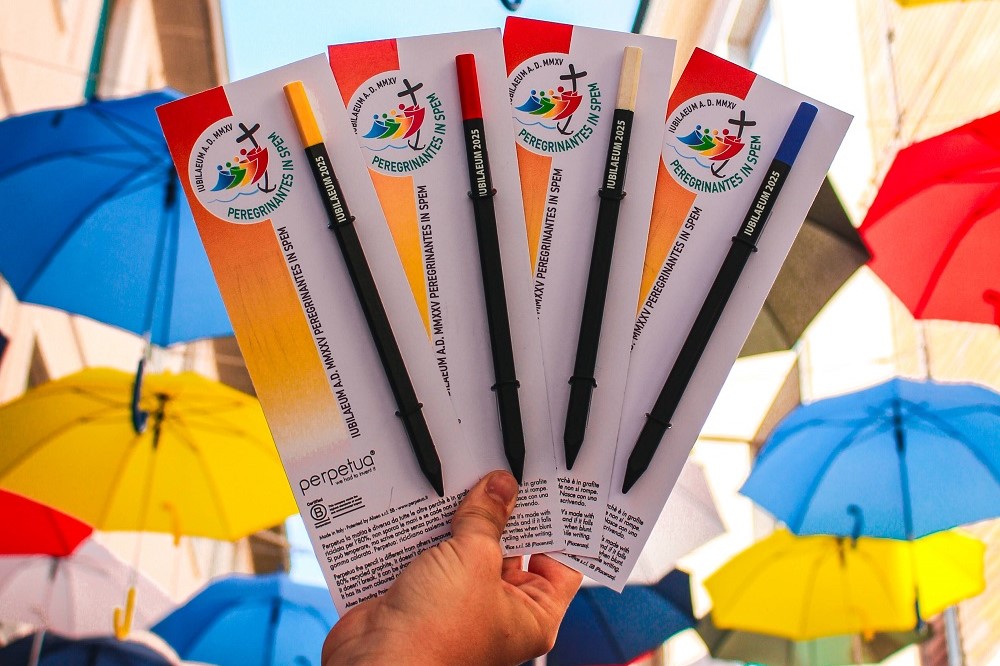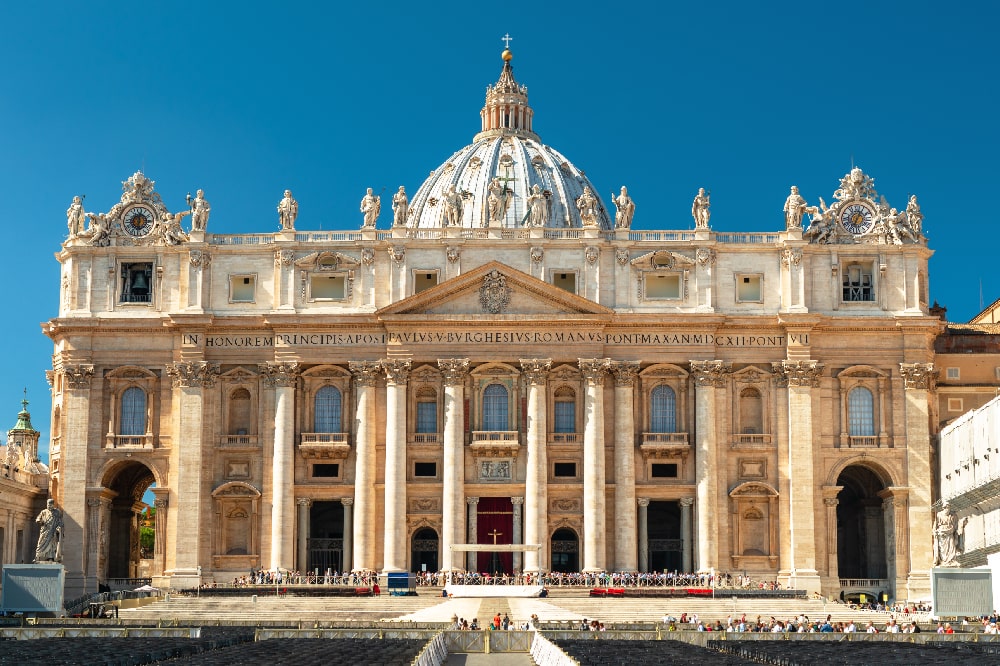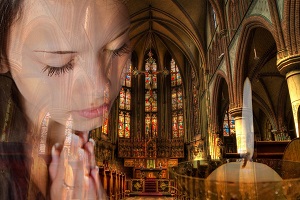Our Lady of Sorrows is a name attributed to Mary, mother of Jesus. This is how secular devotion to Mater Dolorosa was born.
Contents
A beautiful and sad woman, dressed in the mourning colours of black and purple. The face turned to the sky, often scratched with tears, and in the eyes anguish that has no voice, has no words. This is how Our Lady of Sorrows appears in most of her depictions. And this is exactly what we are talking about, a mother who suffered immensely for the love of her only Son, who participated in his pain, in his Passion, accompanying him to the Cross and pouring all her tears at the feet of the latter.
But when and how was the cult of Our Lady of Sorrows born?
The origins of worship
The devotion to Our Lady of Sorrows is celebrated every year on 15 September, the day after the celebration of the Exaltation of the Cross. It was Pope Pius X (1904-1914) who established this date, but the cult of Our Lady of Sorrows and her Seven Pains already existed at the end of the eleventh century. Initially, the pains were 5, as were the Gaudi 5. These are moments of Mary’s life recounted in the Gospels, or handed down by popular devotion, linked to the Passion and death of Jesus, but not only. Mary’s pains were already represented at that time through five swords stuck in her heart.
It was especially Saint Anselm and Saint Bernard who contributed to the spread of this devotional form that exalted the figure of Mary as a mother and venerated her heartfelt crying at the foot of the Cross. The Liber de passione Christi et dolor et planctu Matris eius, a text written by an anonymous man, was only one of the first compositions dedicated to the Weeping of Our Lady, which would find so much space in the popular Lauds and Mysteries of the time.
In the 12th century, Jacopone da Todi (but the attribution is not certain) composed the Stabat Mater, a liturgical musical poetic composition that was recited or sung during the Eucharistic celebration before the proclamation of the Gospel. It is a poignant meditation on Mary’s pain at the foot of the Cross. The prayer begins with the words:
Stabat Materdolorósaiuxta
crucem lacrimósa,
dum pendébat Fílius.
Cuius animam geméntem,
contistátam et
doléntempertransívit gládius.
The sorrowful Mother was
in tears at the Cross where her Son hung.
And her soul
groaned, saddened and
sorrowful pierced by a sword.
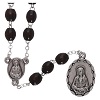
In 1233, seven Florentine nobles of the company of the Laudesi, a confraternity of Florence particularly devoted to Our Lady, witnessed a miracle: they saw the image of the Virgin depicted on the wall of a city street come to life. Our Lady appeared afflicted with great pain, and she was wearing the colours of mourning. The young people interpreted that vision as a sign of the pain that the mother of Jesus felt because of the hatred that divided the families of Florence. So they decided to wear in turn mourning clothes, threw down their weapons, retired to penance and prayer on Mount Sanario and established a new fraternity: the company of Our Lady of Sorrows, or the Servites.
Many other confraternities were established later, while devotion to Our Lady of Sorrows and the Seven Sorrows of the Blessed Virgin spread to all strata of the population. This incredible spread is still visible today, thanks to the countless popular festivals in honour of Our Lady of Sorrows that take place everywhere in our country. But even European nobles and even sovereigns were devoted to Our Lady of Sorrows and encouraged her worship. We think of Charles V, Emperor of the Holy Roman Empire, who commissioned paintings depicting the Pains of Mary to educate the illiterate people, or the Spanish royals. The Servites and the Franciscans contributed greatly to this diffusion.
First, the rites in honour of the Sorrowful Mother were concentrated in Holy Week, then new dates and celebrations were instituted, until the decision of Pius X.
The Seven Pains Suffered by Mary
We have already mentioned the Seven Sorrows of Mary. But what is it a sculpture of? There are many events recounted in the Gospels that show episodes of the life of Mary characterised by great affliction. In popular iconography, swords have been depicted embedded in the heart of the Madonna.
Here are the Seven Sorrows of Sorrowful Mary:
- Prophecy of Elder Simeon on the Child Jesus: “Simeon blessed them and spoke to Mary, his mother: He is here for the ruin and resurrection of many in Israel, a sign of contradiction so that the thoughts of many hearts may be revealed. And you yourself a sword will pierce your soul.” (Luke 2:34-35)
- The flight into Egypt of the Holy Family: “They had just departed, when an angel of the Lord appeared in a dream to Joseph and said to him: ‘Arise, take the child and his mother with you and flee to Egypt, and stay there until I warn you because Herod is looking for the child to kill him‘. And Joseph arose, and took the child and his mother in the night, and fled into Egypt, and remained there until the death of Herod.” (Matthew 2:13-15).
- The Loss of the Child Jesus in the Temple: “His parents went to Jerusalem every year for the Passover feast. And when he was twelve years old, they went up again according to their custom: but when the days of the feast were ended, as they were returning, the child Jesus abode in Jerusalem, and his parents knew it not. And they believed him in the caravan, and went a day’s journey, and sought him among their kinsmen and acquaintances: and they found him not, and returned to Jerusalem to seek him. After three days they found Him in the temple, sitting in the midst of the teachers, listening to them and asking them questions. All who heard him were amazed at his understanding and his answers. And when they saw him they were astonished; and his mother said to him, Your father and I have been looking for you with great anxiety.” And he said, Why seek ye me? Did you not know that I must be in my Father’s house? But it has not all been joyful. He went down with them and came to Nazareth, and was obedient to them; and his mother kept all these things in her heart. And his mother kept all these things in her heart. (Luke 2:41-51)
- The encounter of Mary and Jesus along the Way of the Cross (This episode is not narrated in the Gospels, but derives from popular tradition. Jesus ascending to Calvary meets his mother).
- Mary at the foot of the Cross: “At the cross of Jesus stood his mother, his mother’s sister, Mary of Cléofa and Mary of Magdalene. Jesus therefore, seeing his mother, and the disciple standing by, whom he loved, says to his mother, Woman, behold thy son. Then he says unto the disciple, “Behold thy mother. And from that hour the disciple took her to his own home. (John 19:25-27)
- Mary welcomes the dead Jesus into her arms (This episode is also not narrated in the Gospels, but has been the subject of countless sacred representations, such as Michelangelo’s Pietà, just to mention one of the most famous. Mary cradles in her arms the body of Jesus deposed by the cross before he is buried.)
- Mary attends the burial of Jesus (an unbiblical episode, handed down by tradition).
The Seven Pains constitute a kind of path of suffering in which Our Lady was the protagonist. It is no coincidence that popular tradition has established in some places the ‘Via Matris’, a Marian version of the Way of the Cross, establishing true paths of penance and meditation in the footsteps of the Seven Sorrows of Mary.
In the context of some popular festivals, the statues of Mary in mourning clothes and that of Jesus are placed side by side, in a kind of loving and infinitely painful dialogue between Mother and son.
Mary, all the suffering of a mother
We have talked in many other articles about the figure of Our Lady Mother of Jesus, of Our Lady Mother of God. In the figure of Our Lady of Sorrows, this maternal identity of Mary of Nazareth meets its highest and most dramatic fulfilment. Just as Jesus, his son, placed side by side in his life on that cold night in Bethlehem, so Mary followed him one step from death, cradling his battered body for the last time, before entrusting him to the tomb. His tears washed the blood from the wounds of the crown of thorns, of the nails of the Cross. His sighs that have touched the now-cold skin of the Lamb killed to wash humanity from all sins. But that Lamb for her was also a son, carried in his womb for long months, cared for in the nights of weeping, protected and guarded as the most precious treasure, and finally let go in the world, to follow his destiny, but always with the attentive and caring eye of his mother to follow him, to watch over him, to pray for him. We cannot understand the importance of the figure of Our Lady of Sorrows if we do not dwell on this aspect of Mary as a mother.

From Eve to Mary: the figure of the Mother in the Bible
The mother, pillar of every family, beating heart and source of life for those who gravitate around her.
The depictions of Our Lady of Sorrows
At the beginning of the article, we have already mentioned the classic iconography of Our Lady of Sorrows. The sad, pale face of those who no longer have any other nourishment for their pain, another relief from the thirst for their crying. The clothes are in mourning, black or purple, and he often holds a handkerchief in his hand, never satiated with tears. In many representations, the chest is torn by the cruel blades of the Swords of the Seven Pains. A mourning mother who mourns for eternity the death of her only Son.
But other images are recurring in sacred art, which immortalises further moments of that Via Matris studded with suffering. The Pietà, for example, represents the penultimate of the Seven Pains, that moment not reported in any Gospel, but indelibly imprinted in the popular tradition, in the collective emotionality of humanity always sensitive to great tragedies: Mary holds in her arms the lifeless body of Jesus.
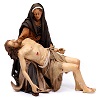
The body of Christ is abandoned, in a painful and, at the same time, relaxed pose, as if all the pain had already left him, as if, at last, he could find relief in his mother’s embrace. And it is on her that all the suffering is poured out, as if it were she, Mary, who absorbed the evil inflicted on the blessed limbs born from her womb, to allow him to die in peace. Mary is composed, in her agony, she appears serene as if she were only cradling her sleeping son, as if she knew that, shortly thereafter, He will open his eyes and smile at her. At the same time, in this iconographic composition, one perceives all the intimacy that only two creatures who have shared the same body for months can know, that mysterious alchemy that makes mothers and children inseparable, inseparable regardless of what life reserves for them.
Spanish sacred art, especially in the Baroque era, preferred the Weeping Madonnas, richly dressed, with lavish, princely clothes, which also preserve the colours of mourning. Madonnas were made to move the people, to arouse feelings of piety and participation, and for this reason, they often had a very realistic aspect.
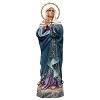
In Spain, but also in many popular Italian traditions, the burial ceremony, the burial of Jesus, brought to Spain in all probability by the Franciscans or the Servites, was very famous and practised. The body of Christ is deposed from the Cross, entrusted to the weeping of the mother and then buried. This type of sacred representation involved representatives of all social classes and mobilised the entire community, as happened for example in Casale Monferrato and in several countries of lower Piedmont, where there are still documents and testimonies of the spread of this rite.
Italy is home to many shrines dedicated to the Addolorata, from North to South. And from North to South there are still popular festivals that on 15 September, but also during Holy Week, celebrate Mary’s sorrow for the loss of the Son. As in Agrigento, where on Good Friday the statue of Mary goes in search of that of Jesus deposed in the streets of the city, carried on the shoulder by the members of a confraternity, or in Belluno, where the feast in honour of Our Lady of Sorrows coincides with the ancient Sagra de i fisciot (festival of whistles), or in Comiso where the celebrations last for days, between dinners and processions, and culminate with the “Triumph of Mary of Sorrows”.

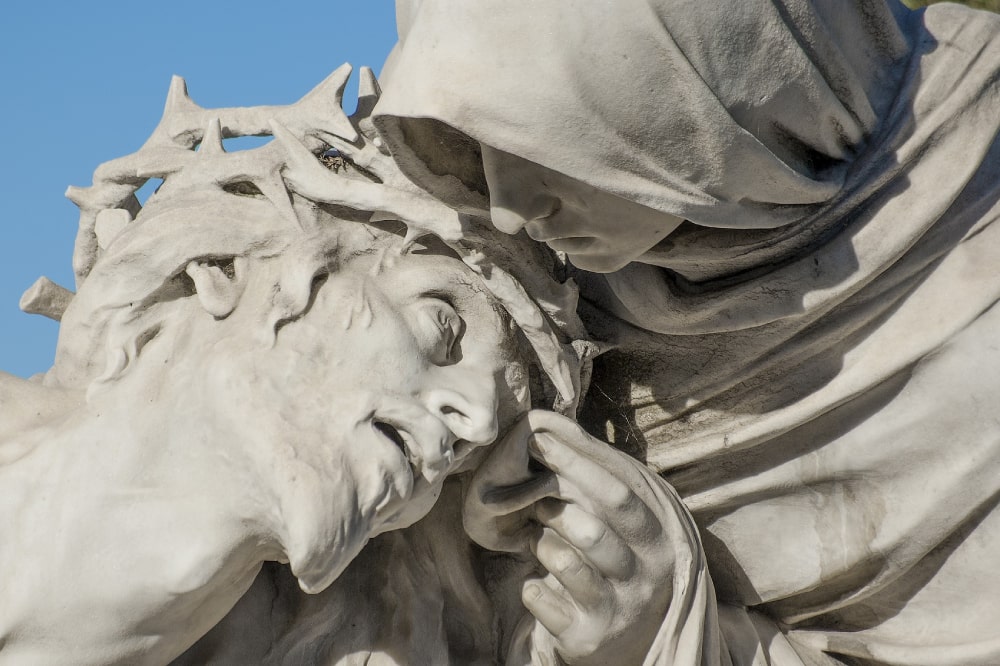


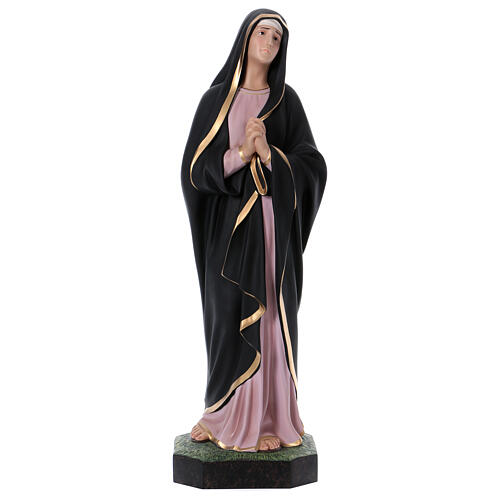
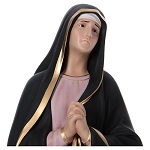
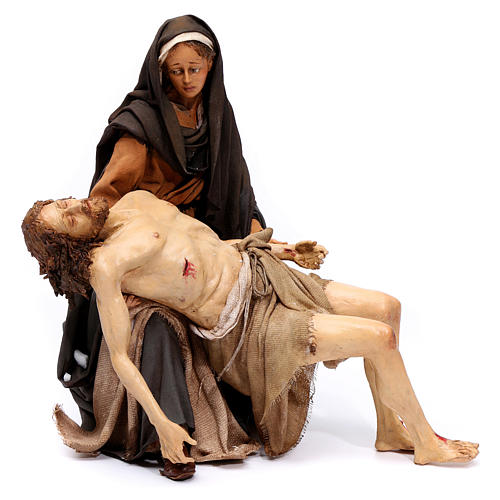
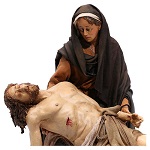
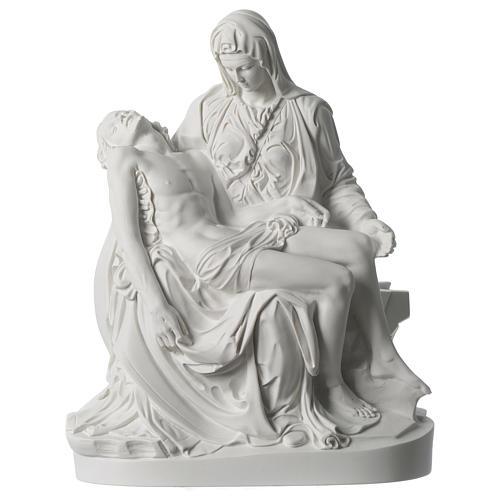
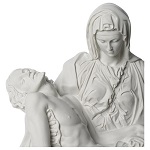
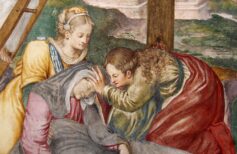

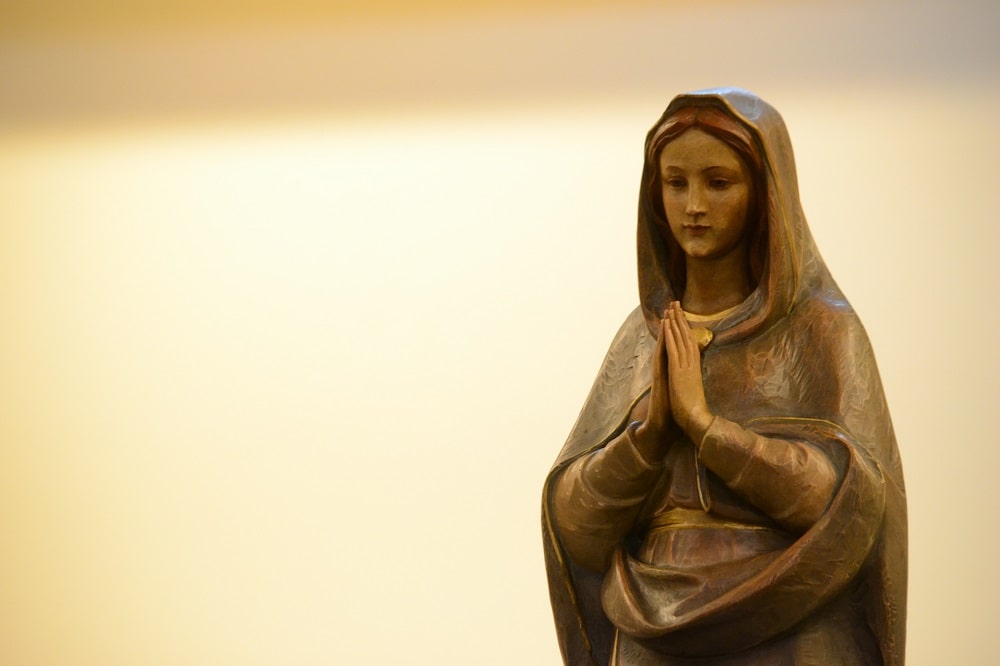
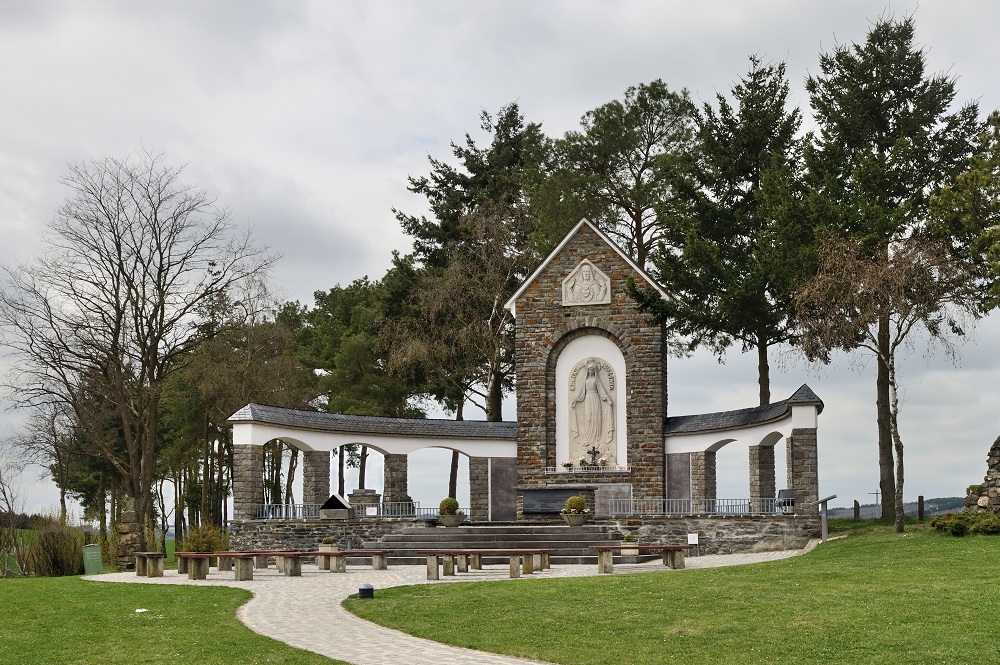
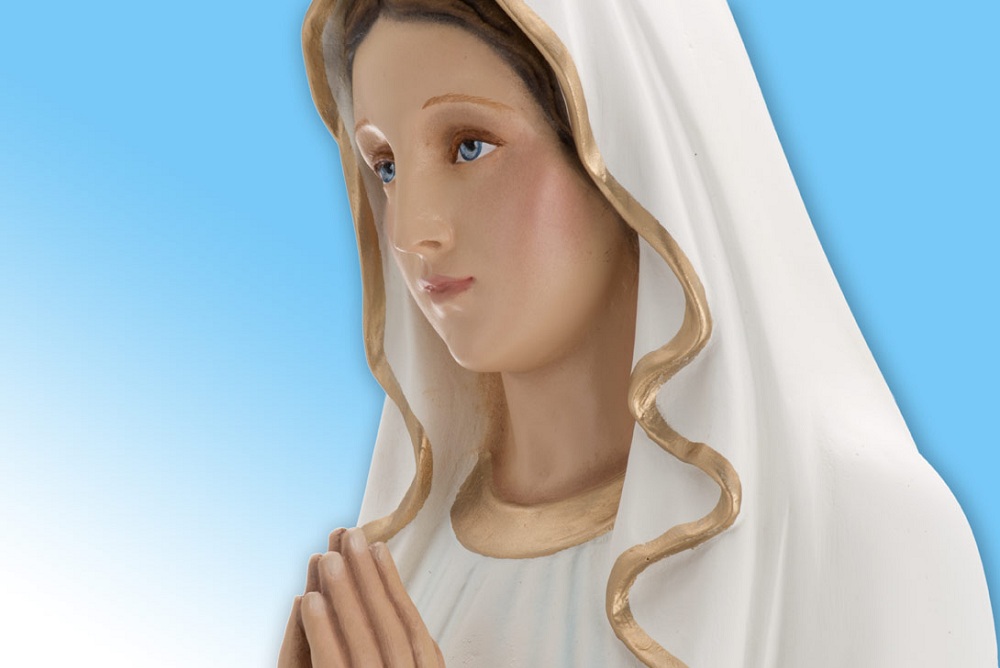
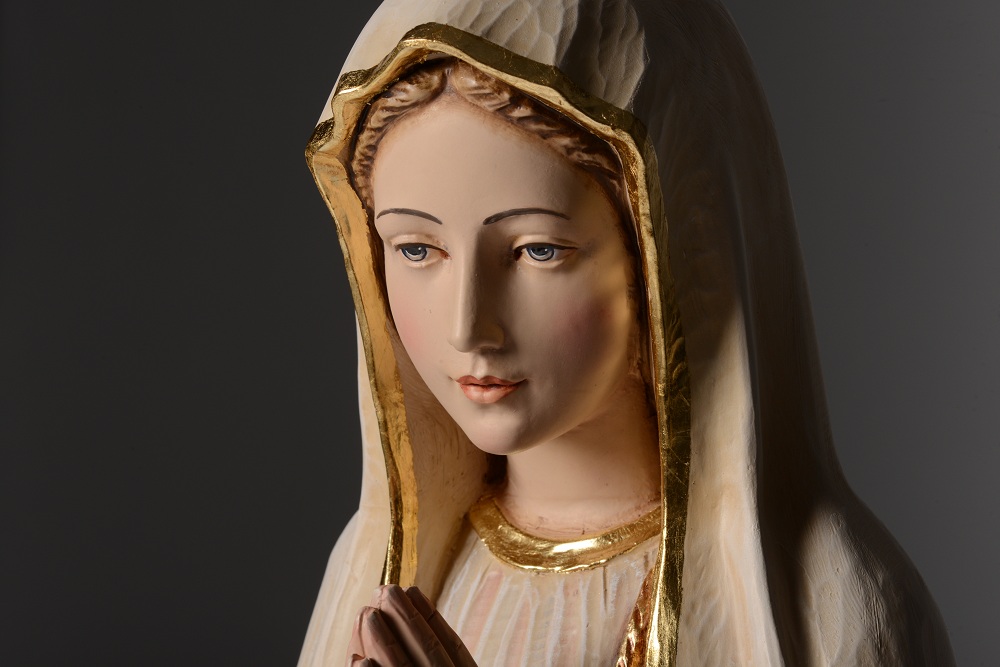
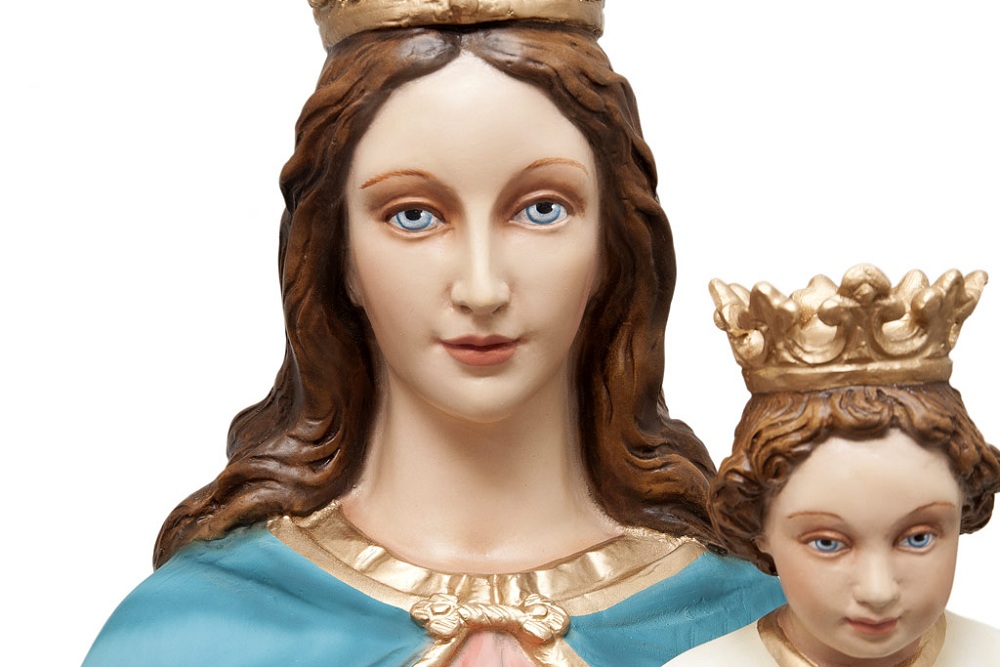
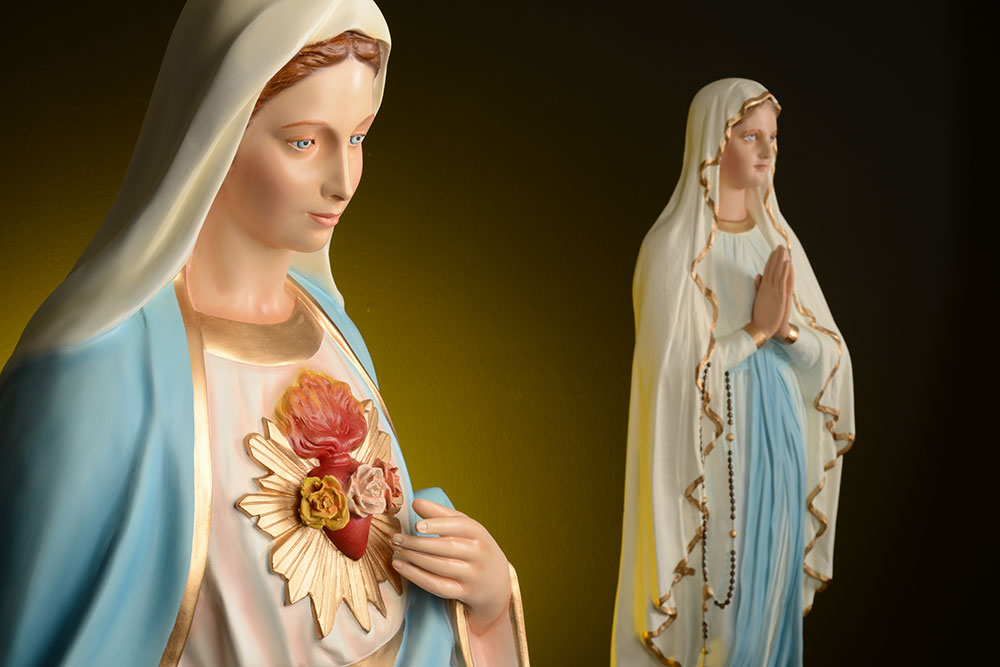
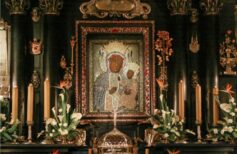








 25 August 2025
25 August 2025
